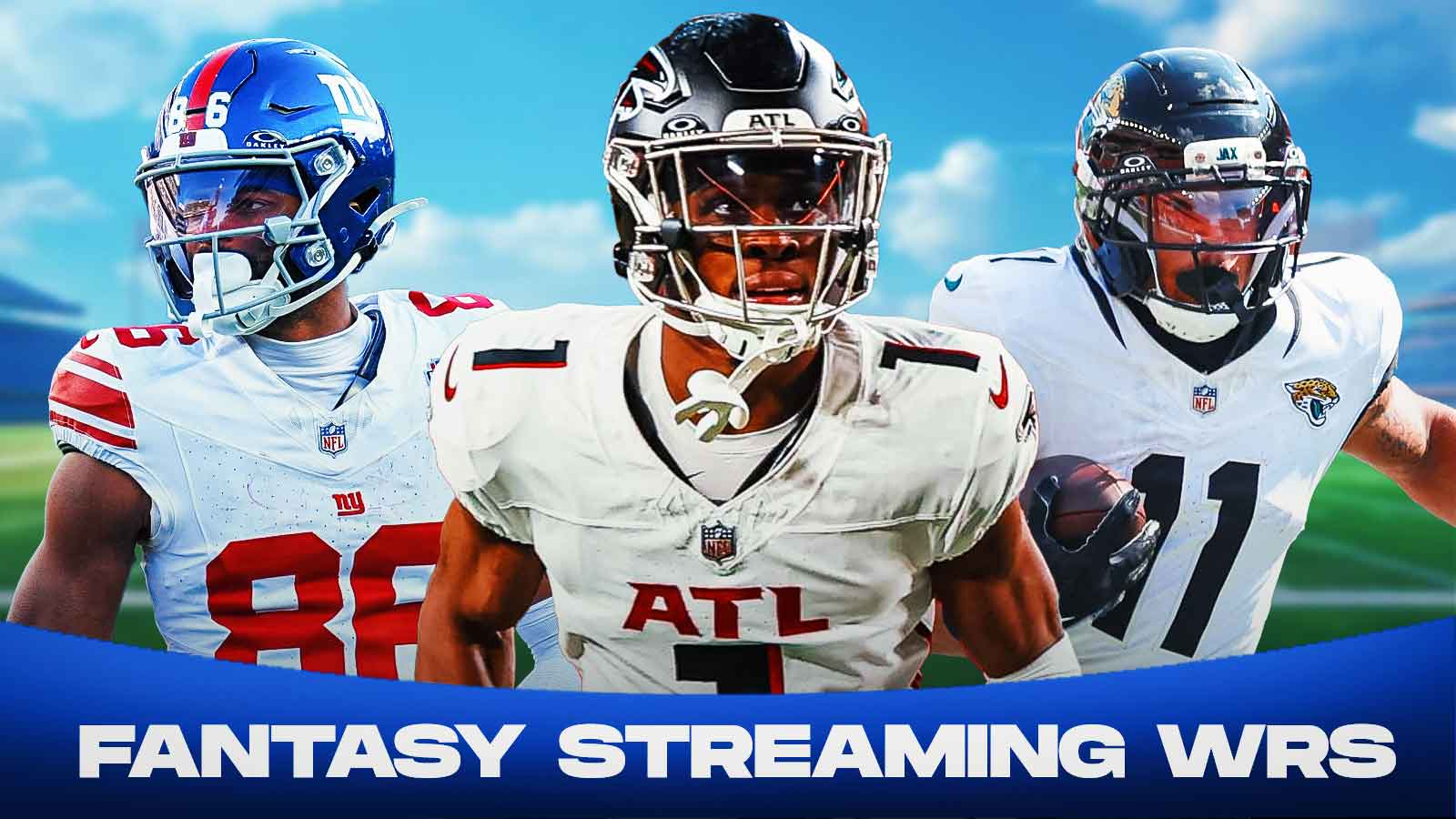Famed investor and housing-crisis-predictor Michael Burry has spent the past month conducting a kind of financial séance, calling up the ghosts of past bubbles and watching them arrange themselves neatly around Nvidia. He isn’t arguing that the company is weak the numbers are far too good for that but that its place in the AI boom has taken on a familiar glow, the kind that once surrounded Cisco when everyone decided the future would be built in one straight line. The latest 13F for Burry’s Scion Asset Management showed put options on 1 million Nvidia shares a bearish notional bet of about $187 million before he shut the fund and deregistered it with the SEC in mid-November. Then, in his recently launched Substack, the $39-a-month Cassandra Unchained a name somewhere between bloated prophecy and punchline Burry labeled the AI boom a “glorious folly.” In his post titled “The Cardinal Sign of a Bubble: Supply-Side Gluttony,” Burry reached back to the dot-com era and pointed to its standout cautionary tale. “And once again there is a Cisco at the center of it all, with the picks and shovels for all and the expansive vision to go with it. Its name is Nvidia,” he wrote a comparison that carries weight, given Cisco lost almost 90% of its value when that boom finally broke. On X and in follow-up posts, Burry has started to look at the places where he sees the story straining: depreciation schedules stretched past economic reality; “give-and-take” deals that send chips and money in circles; hardware cycles that collapse faster than the trillion-dollar models built on top of them. The investor has also highlighted “give-and-take” deals where cloud giants and AI labs fund each other and then spend heavily on Nvidia hardware, and he’s now pressing a second line of attack on Nvidia’s own stock-based pay and buybacks, arguing that dilution is far more costly than the company’s reported figures suggest. After he singled out Nvidia, the company circulated a memo to analysts. It argued that Burry’s buyback math was off and pushed back on the broader implication that anything in its accounts resembled sleight of hand, calling its business “economically sound” and its reporting “complete and transparent.” And on the question of circular AI deals, Nvidia said its strategic investments represent only a sliver of revenue and that the companies it backs make most of their money from outside customers. Burry said he stands by the analysis and will lay out more detail in his next newsletter installment. Burry’s basic case is that Nvidia has become the emblem of an AI boom he sees as structurally overbuilt. In that frame, Nvidia’s stock surge and $5 trillion-plus valuation look less like a reward for flawless execution and more like a bet that hyperscalers can pour nearly $3 trillion into AI chips and data centers over a few years without repeating the dot-com mistake. He’s wagering that the stock price reflects an AI future that the underlying economics won’t quite deliver. In “Cassandra Unchained,” he went back to the roots of the last tech mania and wrote that the dot-com era cracked under “catastrophically overbuilt supply and nowhere near enough demand.” The refrain that today’s AI boom is different doesn’t land for him it’s “just not so different this time, try as so many might do to make it so.” Burry’s stance puts him directly in front of a company that’s still very much behaving like the market’s center of gravity. Nvidia keeps swatting back with blockbuster quarters and a CEO who insists demand is only getting louder. On the earnings call, CEO Jensen Huang opened by brushing off talk of an AI bubble and said that, from Nvidia’s vantage point, he sees “something very different.” The stock jumped about 5% on the results and remains one of the market’s star performers, even after about a 12% pullback from its late-October high. Burry knows that Nvidia has the numbers and the narrative and that the market wants a hero more than it wants a hedge. He keeps circling the soft spots anyway. He’s been here before, watching a story stretch past its limits while everyone cheers it higher. Burry closed his recent Substack post with a Charlie Munger line that feels like the only acknowledgment he’s willing to make about the blowback: “If you go around popping a lot of balloons, you are not going to be the most popular fellow in the room.”.
https://qz.com/michael-burry-nvidia-scion-jensen-huang-newsletter-ai
‘Big Short’ investor Michael Burry on why he’s shorting Nvidia stock



